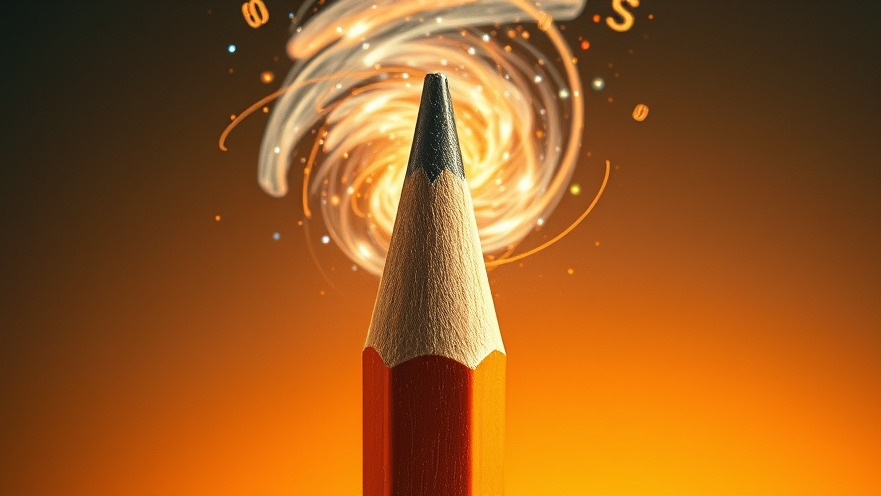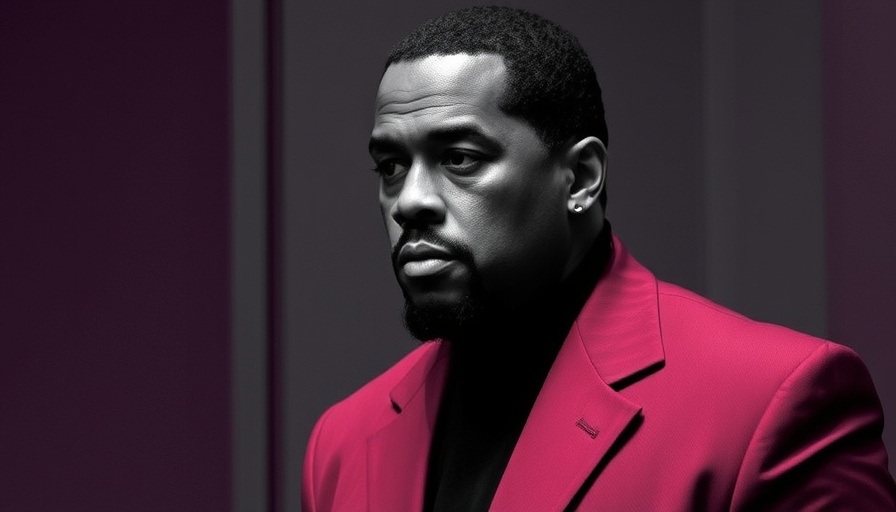
A Pencil in a Digital Age: A Form of Resistance
In today's fast-paced world dominated by technological advancements, the act of writing with a pencil may seem quaint and outdated. Yet, for many creatives, like author Luke Beesley, it represents a powerful tool for resisting the encroaching influence of artificial intelligence (AI) in the literary realm. Writing by hand provides a tactile experience and a deeper connection to the words on the page. It evokes an artistry that cannot be replicated through algorithms and data processing.
Understanding the Friction of Human Creativity
As Beesley shares, using a pencil allows for a unique creative flow, one that AI cannot mimic. The electric connection between a pencil and paper allows for self-editing and the organic development of ideas, fostering an environment where creativity can flourish. AI, although capable of certain creative tasks, lacks the emotional depth and human experience that define true artistic expression. This raises a significant question: what does it mean for our creativity when we rely heavily on technology over traditional methods?
Provenance of Our Work: The Fight Against AI
One of the biggest challenges facing writers in the age of AI is evidencing the authenticity of their work. Beesley points out a looming concern: how do authors prove they didn’t utilize AI tools in their writing? The rise of AI-generated content could blur the understanding of authorship and originality, leading to a need for new methods of ensuring that a writer’s voice remains distinct.
The Future of Literary Arts in an AI-Dominated World
As we look to the future, it’s essential to think critically about how technology will continue to influence the creative arts. AI promises efficiency and speed, but at what cost? Are we sacrificing the invaluable learning experiences that come through practice? How will writers maintain their unique styles in a world where algorithms might dictate what readers are presented?
Finding Balance: Embracing AI While Honoring Tradition
Technological tools, including AI, are not entirely negative—they can enhance the creative process if used judiciously. Writers can incorporate AI as collaborative assistants, not replacements. By choosing to write by hand and recognize the difference between technology and human creativity, authors can forge a path where both can coexist. Understanding AI basics and its applications will empower artists to navigate these waters effectively while retaining their distinct voices.
Ultimately, the story behind a pencil and the effort that goes into the work it creates should not be forgotten in the wake of AI innovations. This serves as a reminder to cherish both the old and the new—because technology can enhance our capabilities but should never replace the human touch that forms the very heart of storytelling.
As we move forward, let’s all consider how we might incorporate digital advancements without losing the rich, textured experience that traditional writing offers. Embrace the pencil, know the tech—balance is key.
 Add Row
Add Row  Add
Add 




 Add Row
Add Row  Add
Add 



Write A Comment